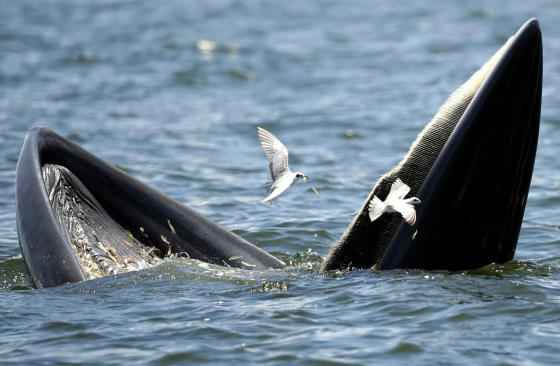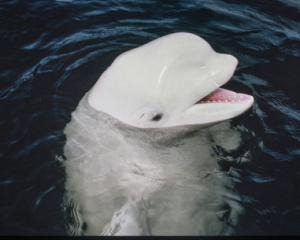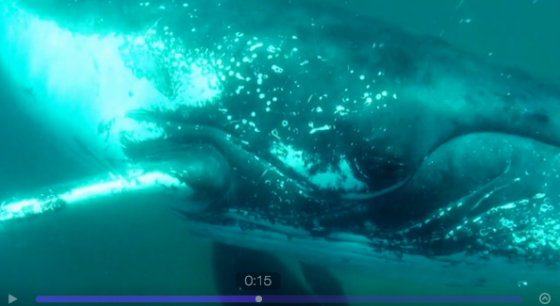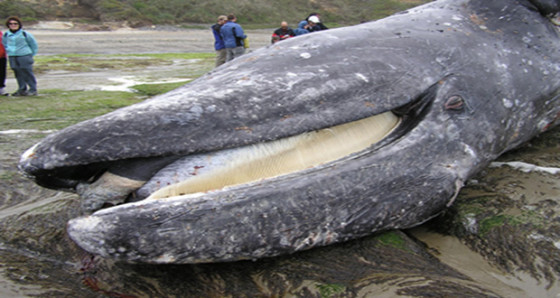Whales: Want anchovies? Open up!
A Bryde’s whale and seagulls feast on anchovies in the Gulf of Thailand, on September 9, 2014.
Bryde’s whales are a baleen medium seized whale with dark grey colour and a white underbelly and live in tropical to temperate waters. An estimated population of 30 to 35 Bryde’s whales are commonly seen along the upper Gulf of Thailand coastlines, between March and October.
The Bryde’s whale is listed in the Convention on International Trade in Endangered Species of Wild Fauna and Flora (CITES) which prohibits international trade of any parts of the animal. (photo: EPA/RUNGROJ YONGRIT)




 Over the centuries, Brother Ian has been collecting stories & information & discourses for the purpose of elevating the human condition as needed, dissecting it when necessary, and building the case for hope.
Over the centuries, Brother Ian has been collecting stories & information & discourses for the purpose of elevating the human condition as needed, dissecting it when necessary, and building the case for hope.